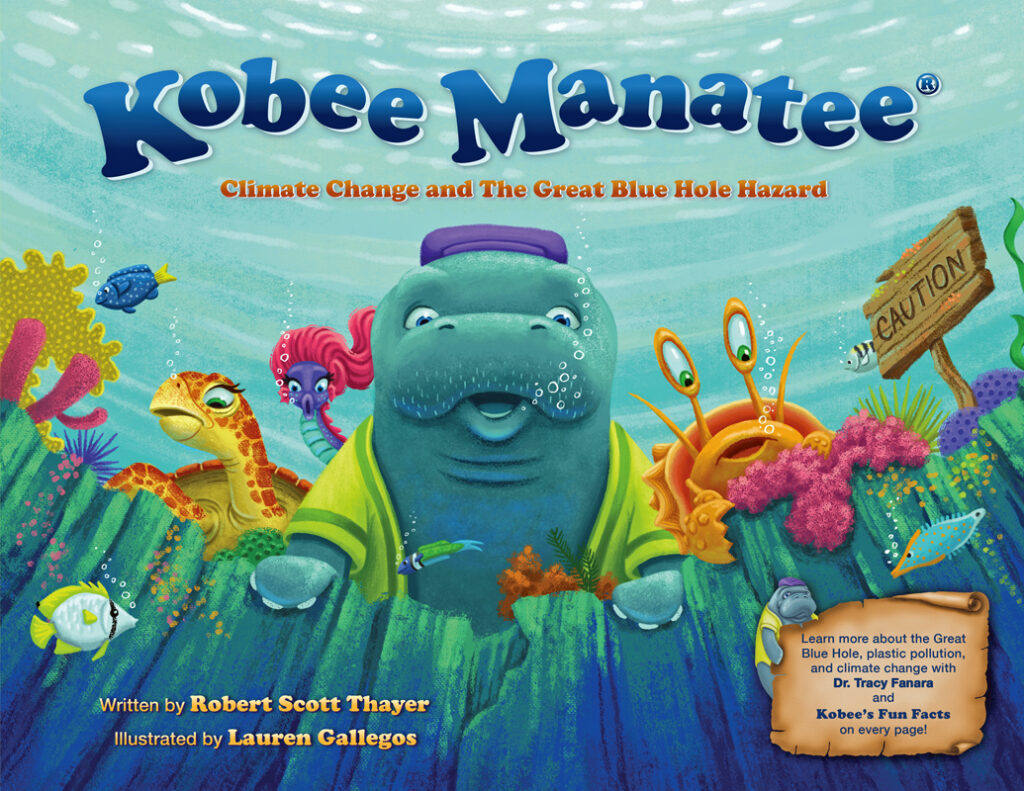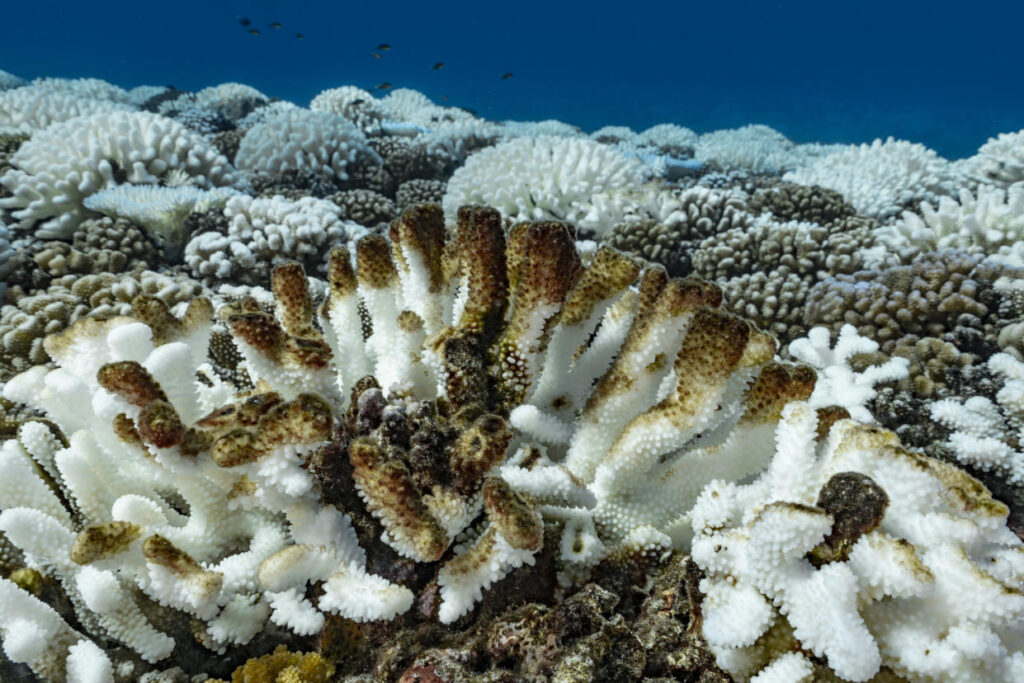Sizzling Oceans Reached their Hottest in 2021!
Greetings to you! In this blog, I’d like to continue talking about climate change and its devastating warming effect on our planet, especially our oceans. In recent report in the Advances in Atmospheric Sciences says, “Thanks to the relentless pace at which humans are adding greenhouse gases to the atmosphere, ocean temperatures in 2021 were the hottest ever recorded by humans.” In fact, the researchers found, “…the world’s oceans have warmed at a steady pace, but that rate sharply accelerated in the late 1980s, warming eight times as fast as in the decades prior. The increased concentrations of greenhouse gases in the atmosphere from human activities trap heat within the climate system and result in massive changes in the climate system.”
The report continued and said, “The seas that are warming fastest are; the Atlantic, Pacific and Indian oceans. While factors such as El Niño and La Niña weather patterns continue to help determine short-term water temperature conditions, greenhouse gas emissions that trap solar radiation and warm the planet’s atmosphere are the bigger factor for increasing ocean warmth.”
The issues with rising ocean temperatures include; coral bleaching where colorful algae leave the host coral, stronger tropical storms, the accelerated melting of the Earth’s polar ice, which leads to more sea level rise. The report said, “Warmer oceans result in a greater amount of evaporation, which adds more moisture to the atmosphere and leads to more powerful rain events like those witnessed across the globe in 2021, as well as conditions that give rise to tornadoes.”
John Abraham, professor of thermal sciences at the University of St. Thomas School of Engineering said, “We used measurements from the oceans because they are absorbing the vast majority of the heat associated with global warming. In fact, more than 90% of global warming heat ends up in the oceans. I like to say that ‘global warming is really ocean warming.’ If you want to know how fast climate change is happening, the answer is in the oceans.”
European researchers said that “2021 was the Earth’s fifth-warmest year on record, with La Niña conditions helping to lower temperatures on land. Still, the pattern of global warming remains crystal clear when one considers that the last seven years represent the seven warmest years for surface temperatures on record. As for ocean warming, 2021 was the third straight year to set a record.”
The International Union for Conservation of Nature said, “By altering distributions of fish stocks and increasing the vulnerability of fish species to diseases, ocean warming is a serious risk to food insecurity and people’s livelihoods globally.”
What is One Excellent Way to Talk to Kids about Climate Change?
One awesome tool for talking to kids about climate change is to read my fourth installment in the award-winning Kobee Manatee® Children’s Educational Picture Book series. It’s titled, Kobee Manatee® Climate Change and The Great Blue Hole Hazard. It’s about climate change and plastic pollution in our oceans.

When you read this educational picture book to children, you’ll discover it’s a fun and fictional adventure loaded with weaved in facts on climate change and plastic pollution. This helps children learn about this serious subject in a fun and entertaining way. Here’s a brief synopsis …
Kobee Manatee, the protagonist and his seafaring pals, Tess the seahorse and Pablo the hermit crab swim from the Cayman Islands to Belize. Kobee wants to help his cousin Quinn clean up plastic litter at her new, all-veggie underwater bistro called Quinn’s Seagrass Café.
On their Caribbean journey they encounter harmful effects of climate change and plastic pollution. As if that wasn’t enough, several other unforeseen problems occur with a distressed loggerhead turtle, a giant Portuguese man-of-war, and a venomous scorpionfish. They’re all amazed when they discover the extraordinary Great Blue Hole. Then their adventure takes another crazy turn when Pablo plunges into its huge abyss!
Each page includes in-depth, scientific details on climate change and plastic pollution in our oceans with Dr. Tracy Fanara, Inspector Planet & NOAA Scientist. Tracy can be seen on The Weather Channel as a visiting expert and she’s also seen on their “Weird Earth” segments.
We already have Fantastic Reviews on this New Release!
“A well-crafted, thoughtful, and well-illustrated addition to a noteworthy educational book series.” —Kirkus Reviews
“Robert Scott Thayer presents an important environmental message in an engaging story with wonderful characters. Anyone who loves the ocean and wants to help save it should read Kobee Manatee: Climate Change and The Great Blue Hole Hazard. I’m looking forward to the next Kobee Manatee adventure.” —Readers’ Favorite
For young readers who enjoy imaginative tales surrounding affable and heroic sea creatures, as well as parents and/or teachers looking for a way to introduce youngsters to the importance of marine conservation, Kobee Manatee® Climate Change and The Great Blue Hole Hazard offers a perfect blend. Highly recommended! – Chanticleer Book Reviews
Keep watching for more of my updates on climate change!
If you see any sick or injured manatees, please call the Florida Fish and Wildlife Conservation Commission at: 1-888-404-3922 (FWCC). They are the folks who are responsible for rescuing us in Florida.
Here’s the Save the Manatee Club link to learn more about us manatees …
Here’s a cool link for you to learn more about how we’re rescued and brought into rehabilitation …
~ Kobee Manatee
Related Posts
